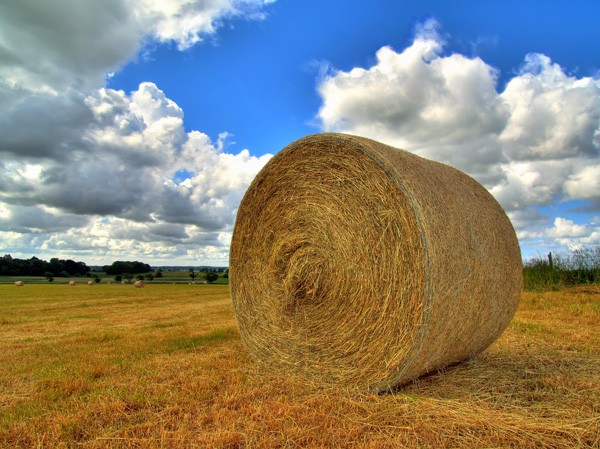
Now home for the summer, having finished my first year at vet school, I’ve been back at the farm, mucking out the ponies and riding, as if I’d never left… and this means I’m back to the ongoing battle with laminitis.
While the ponies are more at risk during the spring, Gracie, our 12.2hh, seems to be prone to the condition all year round.
Four years ago, we were given Gracie to bring on after she was at death’s door with laminitis. Her previous owner had kept her in a stable, away from the accused fresh spring grass but she was still crippled with pain.
She hobbled onto the trailer, stomach bulging, when we went to collect her and her feet were red hot. Evidently overweight, her crest was around five inches thick and clearly wobbled as she moved. At the time, we thought nothing of the thickened crest, but now it’s a warning sign for us to start the defence against laminitis. I say that because now the way we approach the problem is very much preventative, so the dreaded laminitis doesn’t get given the chance to manifest in the first place.

However, as mentioned before, Gracie seems to be prone to laminitis all year round, unlike our Shetland pony, who only seems to be at risk at the expected time of year. All through the winter, Gracie’s crest wavers between being normal and worryingly thick. And yet, she’s turned out at night in a field with hardly any grass and is given only a handful of hard feed. So that leaves one culprit: the hay she eats during the day and that we put in the field at night.
Upon further investigation, whenever Gracie’s crest reaches a suspect thickness, we find that the bale of hay we’re using is very “leafy” and extremely good quality. While a good thing through the winter for the other horses, Gracie could really do with the lowest possible energy value hay. How many horse owners are aware that it might be the hay and not the spring grass causing their ponies to have sore feet?
I know that other people might find the way we approach the problem of laminitis controversial, but if they had seen the state of Gracie that first day, they’d soon change their mind on what is considered cruel.

Leave a Reply